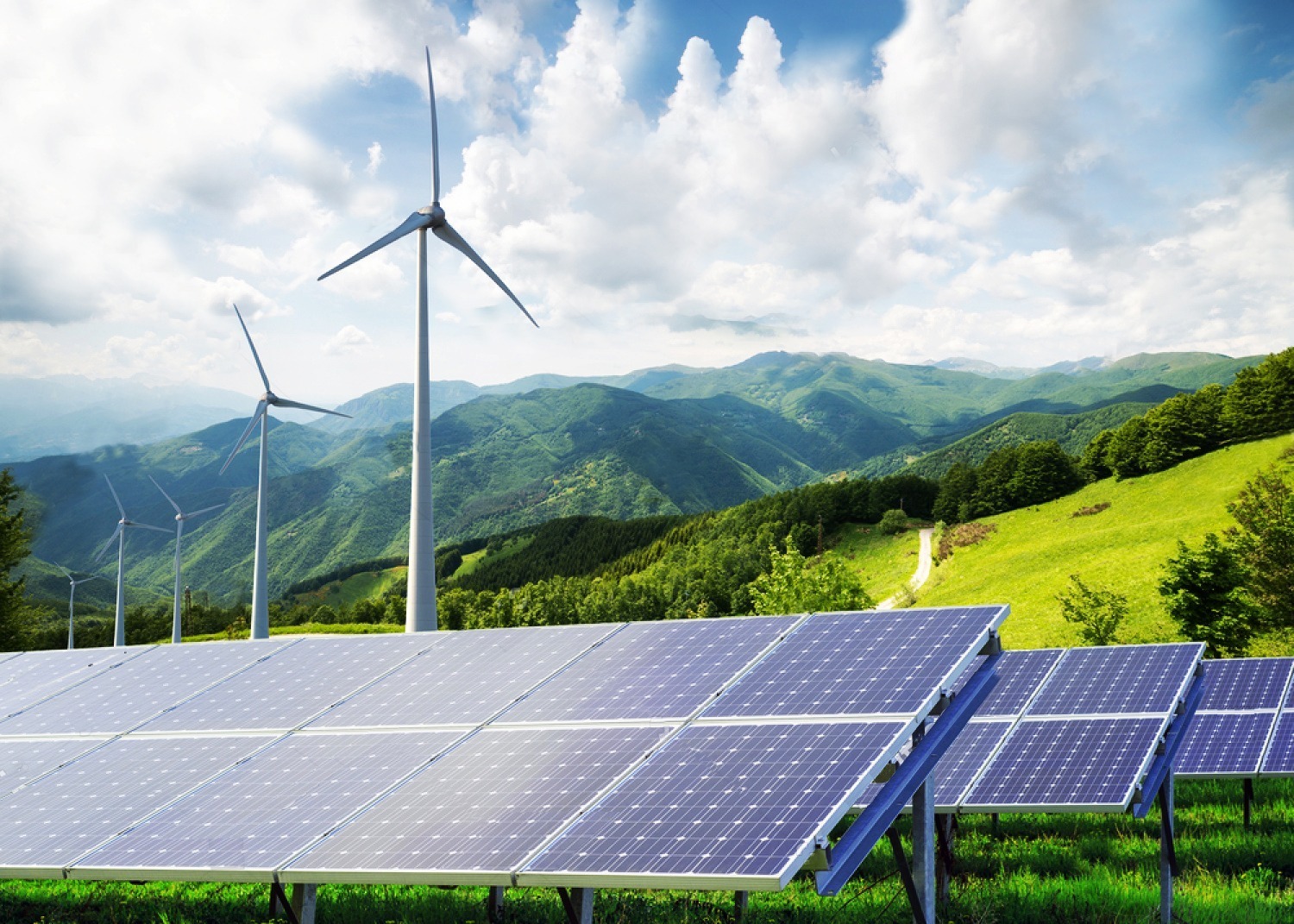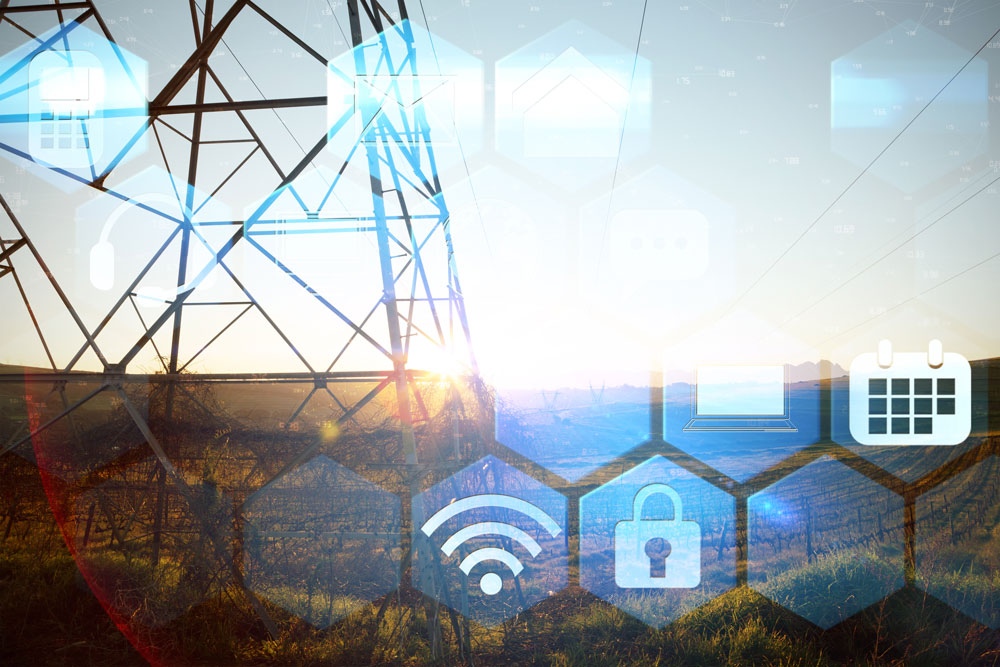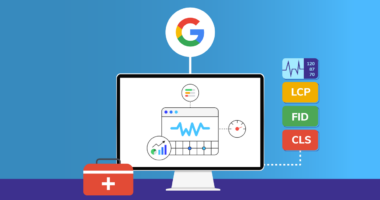Managing electrical power grids is akin to navigating a complex web of interconnections, where every decision ripples through the fabric of modern society. As our energy demands surge and renewable sources gain traction, power grid management faces unprecedented challenges.
From aging infrastructure to the integration of intermittent renewable energy sources, the hurdles are daunting. Additionally, the threat of cyberattacks and the need for real-time data analytics further complicate this already intricate Landscape. Yet, within these challenges lie opportunities for innovation and improvement.
In this article, we will explore the top three challenges in electrical power grid management and offer actionable strategies to help overcome them, ensuring a reliable and resilient energy future.
1. Aging Infrastructure and Maintenance Issues

Aging infrastructure presents a formidable challenge for electrical power grid management, as many components of the grid are decades old and in dire need of upgrades or replacement. As systems strain under increasing demand, the wear and tear become evident—whether it’s through frequent outages, inefficient power transmission, or heightened vulnerability to extreme weather events.
This aging apparatus not only demands an expensive overhaul but also poses significant safety risks that can disrupt entire communities. Striking the right balance between immediate repairs and long-term investment becomes imperative, prompting leaders in the energy sector to rethink strategies.
Innovative technologies such as predictive maintenance and smart grid solutions can revolutionize the way we monitor and manage these aging systems, enabling a shift from reactive to proactive approaches that ensure reliability and sustainability in the face of growing challenges.
2. Integration of Renewable Energy Sources

The integration of renewable energy sources into the electrical power grid presents a formidable challenge, yet it also offers tremendous opportunities for innovation and resilience. Solar, wind, and other renewables can introduce significant variability in power supply, demanding advanced management strategies to harmonize their output with grid requirements.
For instance, unlike traditional power plants that provide a steady stream of electricity, solar panels generate power that fluctuates with sunlight, while wind turbines do the same with wind patterns. This unpredictability can lead to potential mismatches between supply and demand, risking grid stability.
To tackle this, the adoption of smart grid technologies and energy storage solutions becomes essential, enabling real-time monitoring and flexible response capabilities. Furthermore, enhancing grid infrastructure to accommodate distributed energy resources can provide a more robust framework, paving the way for a sustainable and reliable energy future that elegantly balances innovation with demand.
3. Cybersecurity Threats and Vulnerabilities

Cybersecurity threats and vulnerabilities pose significant challenges to the integrity and reliability of electrical power grid management. As the grid becomes increasingly digitized and connected, it inadvertently exposes itself to a myriad of cyber risks—from sophisticated ransomware attacks that can cripple operations to seemingly innocuous phishing scams targeting the human element within organizations.
Insidious malware can infiltrate control systems, allowing malicious actors to manipulate grid functionalities and even cause physical damage. Moreover, the lack of standardized cybersecurity protocols across different entities complicates the response landscape, creating potential gaps that adversaries can exploit.
With attacks becoming more frequent and complex, it is essential for power grid operators to not only enhance their technological defenses but also invest in comprehensive training for personnel, ensuring a robust and vigilant approach to safeguarding critical infrastructure.
Conclusion
In conclusion, effective management of electrical power grids is essential for ensuring reliability, sustainability, and efficiency in energy distribution. The three primary challenges—aging infrastructure, integration of renewable energy sources, and cybersecurity threats—require innovative solutions and collaborative efforts among stakeholders.
By investing in modern technology, enhancing interconnectivity, and prioritizing cybersecurity measures, we can overcome these obstacles and create a resilient power grid that meets the demands of a dynamic energy landscape. As we navigate these challenges, it is crucial to embrace a forward-thinking approach that prioritizes both the needs of consumers and the health of our planet.



